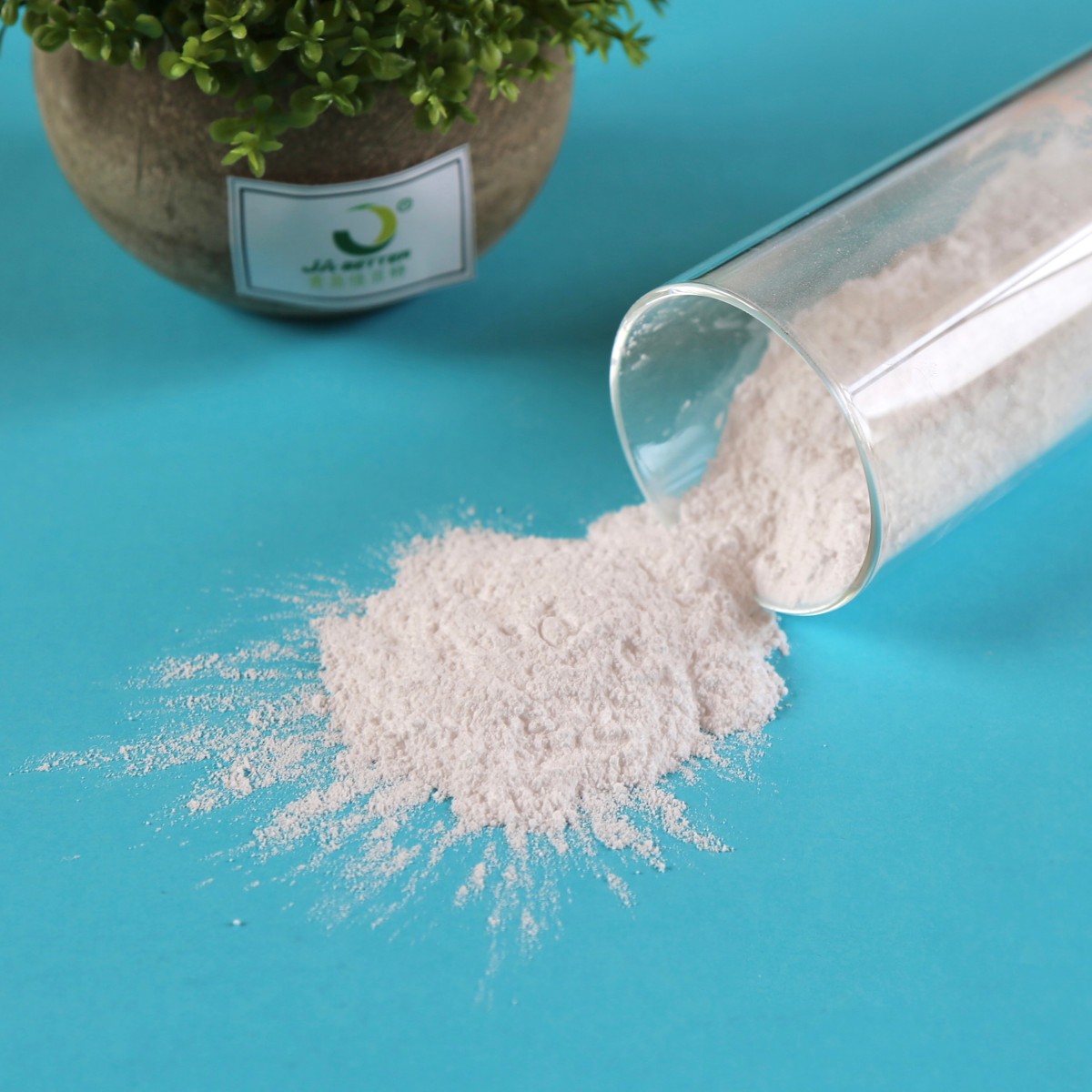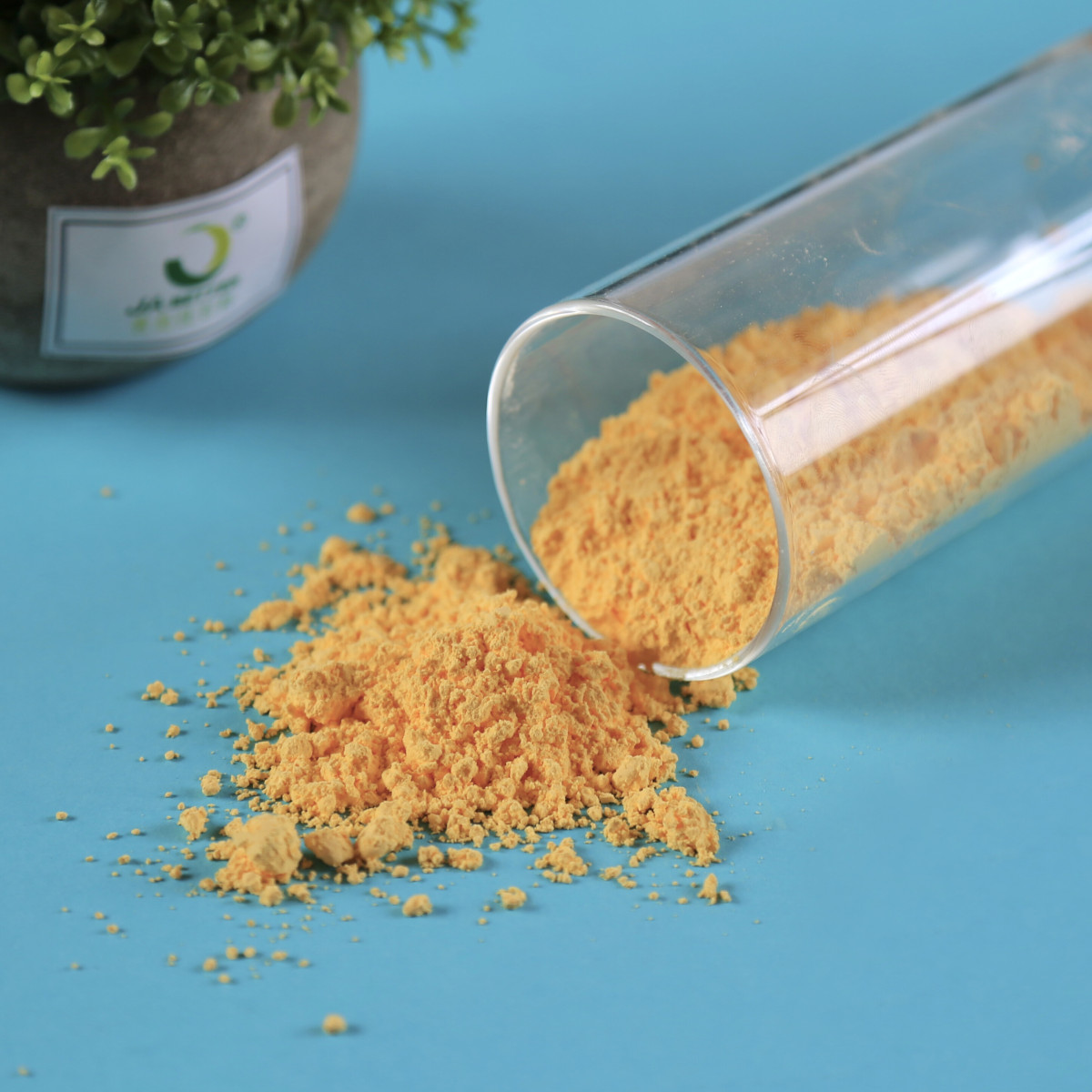Welcome to Qingdao Jabetter New Material Technology Co., Ltd. Official Website!
NEWS
Yellow and white foaming agents are commonly used chemical additives in industries such as plastics, rubber, and composite materials to produce foam structures. These agents not only generate gases during the foaming process but also significantly influence the foam’s properties, appearance, and the overall quality of the final product. Below is a detailed discussion of the roles of yellow and white foaming agents.
1. The Role of Yellow Foaming Agents
Yellow foaming agents, often organic compounds like azo compounds or nitro compounds, are used primarily in rubber, plastic, and other materials. They decompose under heat to release gases and create foam. Key characteristics include:
Significant Foaming Effect: Yellow foaming agents decompose quickly when heated, releasing gases like carbon dioxide or nitrogen, which results in the formation of foam. They are especially suitable for applications requiring a high foaming ratio, such as the production of lightweight foam materials.
Good Foam Stability: Due to their higher decomposition temperature and slower rate of decomposition, yellow foaming agents produce more stable foams, which meet the needs of applications requiring higher foam structure quality.
Color Influence: The decomposition process of yellow foaming agents can produce yellow or brown gases and residues. As a result, their applications are typically in products where color is not a strict requirement, making them suitable for materials where a yellow or brown base color is acceptable.
Wide Range of Applications: Yellow foaming agents are used extensively in the production of rubber, plastics, foam plastics, and more, and find application in industries like footwear, automotive, building materials, and soundproofing.
2. The Role of White Foaming Agents
White foaming agents, typically composed of colorless or light-colored organic compounds such as azo compounds or peroxides, have a lower decomposition temperature compared to yellow agents. They are primarily used in foam products where maintaining a clean, white, or transparent appearance is important. Key functions include:
Excellent Foaming Performance: White foaming agents decompose at a lower temperature and release gases gently, leading to the formation of foam. This milder foaming process is ideal for applications requiring precise temperature control during foaming.
Maintaining White or Transparent Appearance: White foaming agents do not affect the color of the foam, making them suitable for applications where color purity is essential. They are commonly used in producing white or transparent foam products such as food packaging, medical materials, and household items.
Enhanced Foam Uniformity: The gentler gas release from white foaming agents leads to the creation of finer, more uniform foam structures. This results in stable foam properties such as density, hardness, and strength, which are important for products requiring high surface quality and uniform foam distribution.
Wide Range of Applications: White foaming agents are widely used in industries such as home appliances, medical, construction, and packaging, especially in the production of lightweight foam, thermal insulation, soundproofing, and filling materials.
3. Comparison of Yellow and White Foaming Agents
4. Conclusion
Both yellow and white foaming agents play essential roles in foam material production. Yellow foaming agents are ideal for applications where color is not a major concern and where a higher foaming effect and foam stability are required. In contrast, white foaming agents are used when color purity is important, helping to maintain a white or transparent appearance in foam products. By selecting the appropriate foaming agent based on specific requirements, manufacturers can improve the quality and appearance of their final products, making these agents indispensable across a range of industries.


☁Web:http://www.jbtpvc.com/
☎WhatsApp:008618963029813
✉E-mail: info@Jabetter.com
#PVC_stabilizer#PVC_foaming_agent#PVC_processing_aid#WPC_additive#PVC_lubricant#Chemicals#Chemical_auxiliary_agent#PVC#PVC_additives
#PVC_stabilizer#PVC_foaming_agent#PVC_processing_aid#WPC_additive#PVC_lubricant#Chemicals#Chemical_auxiliary_agent#PVC#PVC_additives

